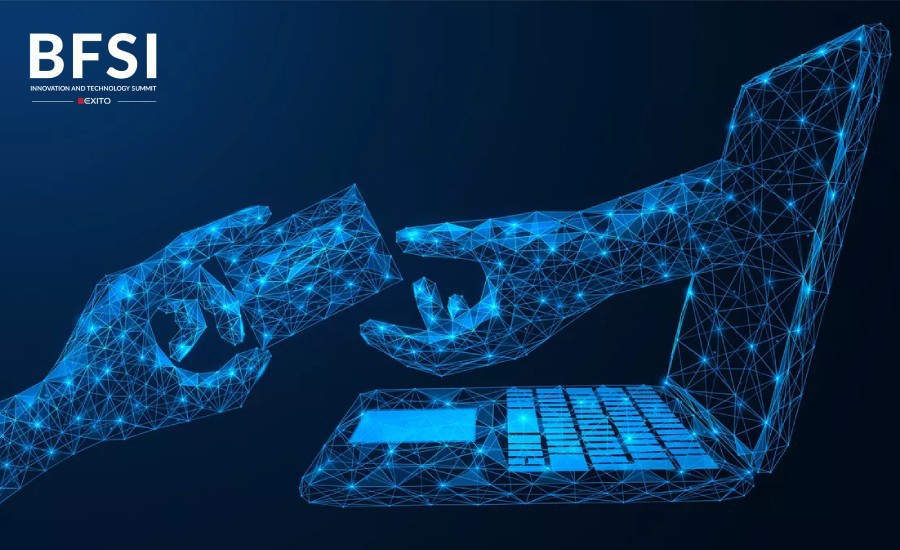As a result of globalization, the world has become a global village. The world’s economies, cultures, and population have become increasingly intertwined and entangled as a result of an increase in the demand for digital transformation. The days of manual banking have long gone. Banks and other financial organizations have rapidly adapted to digital technologies over night. Millions of users are using online banking and other internet mediums to conduct business of huge value.
It is pretty evident as to why the banking and financial sector has become a prime victim of cyber security threats. The cybersecurity world is of a dynamic nature and with that, threats becoming increasingly complex. The stakes are pretty high when it comes to banking and financial sector not only are large sums of money at risk, but when banks and other financial systems are compromised, it can result in disruption to the economy.
Banking and financial institutions collect, process, and store a large amount of confidential information and data on their servers and systems. With the continuous rapid growth of volume and sophistication of cyber threats, swift efforts are required to protect and secure critical corporate and personal information, as well as, national security. The internet is important and profitable, but it is also vital to understand how to use it safely.
With the extent and frequency of data breaches are increasing, it’s more than important to be aware of the upcoming cyber security trends to watch-out in 2022.
1. Ransomware
Since 2018, the annual share of ransomware attacks faced by enterprises have increased, culminating at 68.5% in 2020. And for several years now, ransomware has been a huge nuisance for businesses all over the world, and it doesn’t seem to be resolved anytime soon. This is a type of cybersecurity threat in which files are encrypted and users are locked out of their systems, with hackers demanding money to gain access again.
2. Risk posed by remote work
The use of remote work, hybrid workplace, and cloud-based software platforms has grown practically universal as the pandemic approaches its third year. This also means that financial institutions are more vulnerable to cyber threats than they have ever been. Employees are no longer always accessing data on organization’s networks and servers, necessitating increased surveillance.
3. Cloud-based Cyber Security Threats
As more software systems and data are housed in the cloud, cybercriminals have seized this opportunity, and cloud-based attacks have increased. To protect themselves against critical breaches, the banking and financial sector must ensure that their cloud infrastructure is configured securely.
4. Social Engineering and Phishing Attacks
Social engineering is one of the most serious threats to banking and finance. People are amongst the weakest link in the security chain, as they can be tricked into divulging important information and credentials. This can impact both staff and consumers of the institution.
Social engineering can take numerous forms, such as phishing campaigns, or sending false invoices that appear to be from reputable sources. It is critical to keep your employees up to date on social engineering tactics and how these threats are evolving.
5. Supply Chain Security Threats
Targeting a software manufacturer and then producing malicious code to customers and others in the supply chain in the form of products or updates that appear to be legal is becoming an increasingly common way of malware distribution by cybercriminals. These threats compromise distribution systems, allowing cybercriminals to gain access to the networks of the supplier’s customers.
CONCLUSION
By planning ahead of time to deal with cybersecurity threats and solutions now, you maybe ahead of the game in 2022. There will always be new difficulties in cybersecurity, but if you have the basics in place, you will be well-prepared to tackle anything that lies ahead.














